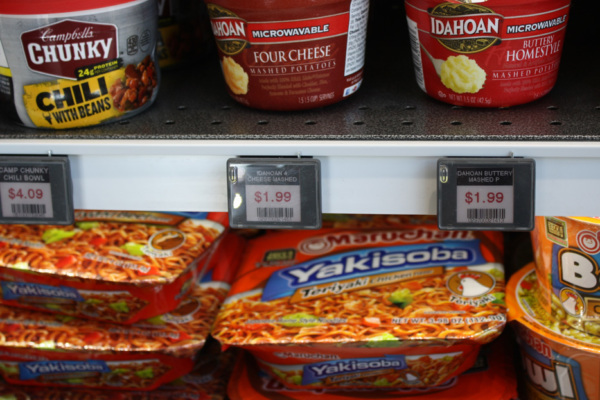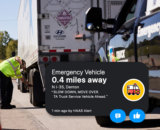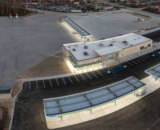I have written and spoken about the need for dynamic retail pricing in the past on many occasions. I am completely enamored with the technology. Each time I attend the study tour abroad, I see examples of it in many different retail locations done in many different ways. During the recent study tour, I had some really good conversation in Amsterdam with Tom Heinz of Coffee Cup Fuel Stops, Patrik Jacob of Koru-Development, and Charlot van Tol of Ototol bv.
I don’t understand why our industry, which is travel and retail related, has never really embraced this process. Certainly the airline, train, rental car, Uber and hotel industry has. Certainly the utility companies have, and even those darlings in the retail word e-commerce, including Amazon, have.
Dynamic pricing according to the dictionary “is the practice of varying the price for a product or service to reflect changing market conditions, in particular the charging of a higher price at a time of greater demand.” Many of us already do this type of pricing as it relates to fuel and food that is about to expire. Food in particular is what I see almost universally across the board. No one wants to throw out those donuts, so we begin to change retails prices on them as the day goes along.
What if we began to take that approach more often with more items within the store? Certainly it makes this process a lot more manageable if you have the right point-of-sale, back office systems and digital shelf price labels. However, currently I do not see this a common place in our industry. There are folks within the industry that have the equipment already, so don’t smirk and say it is science fiction.
Like anything in life there are always pros and cons and exceptions to everything we do or attempt to do.
In my previous work in retail locations, we played around with varying degrees of success with dynamic pricing. When we found a category and/or item that it worked on, we maximized that opportunity. We often found through trial and error that our assumptions were often wrong. Just because dynamic or day-part pricing worked on one category or item, it did not necessarily mean that it worked on sister category or products. An honest, unbiased analysis of the pricing program is required to get accurate performance measures.
This does not mean that you have to have fancy data to begin looking at the profit possibilities that may exist for you as it relates to promotional pricing. In conjunction with your vendor partners, try some different promotional and or dynamic pricing ideas and track the before, during and after gross margin dollar performance on whatever it is to see is it working for you.
Here are some generic theoretical examples of dynamic pricing to get you thinking.
- You currently have a buy-one-get-one special on blue shop towels and glass cleaner together during bug season and/or summer driver. Try promoting only the blue shop towel and not the glass cleaner but still make sure you display them together on an end cap. Similarly, you can display them together on an end cap during summer driver and promote neither. What do the results tell you?
- Instead of promoting 20 oz. soda for the entire month, only promote it on the weekend. What does the result tell you?
- Instead of promoting windshield wash during the winter months or bug months, don’t offer a promotion. Just display it in in focal areas, such as outside the store as you enter. Are you generating more gross margin dollars?
- Instead of keeping your grill items in constant BOGO mode, take the hot dogs off BOGO during lunch and the breakfast tornados off during breakfast. What happens?
- If you have a lot of local traffic promote gallons on milk on your busiest gas day every other week and only on that day.
- Instead of foot-long sandwiches on promotion for a certain price all day long, only promote them during your busiest diesel gallon days that have the lowest conversion rates, i.e. lowest retail sales days to diesel gallons pumped.
- Do not promote 32 oz. Gatorade during the hottest months of the year all day long. Promote it during your slowest days of the week with awesome BOGO pricing. Or, do not promote it during lunch rush but only on drive-to-work and drive-home-from-work times throughout the week.
- Crazy price cigarettes only during your slowest periods of the day, each day, every day.
- Try raising and lowering your prices on a set number of products for an entire week and see what type of results you get.
All in all, having sophisticated systems allows you to better understand the positive and negative impacts of dynamic pricing, but just as with the above examples, you can easily play around with a few items and/or product lines and test the impact. You do not have to go all in to enjoy some extra profit potential with even rudimentary dynamic pricing activities. If it does not work, well, you tried and you really won’t be out much.
Subscribe to Updates
NATSO provides a breadth of information created to strengthen travel plazas’ ability to meet the needs of the travelling public in an age of disruption. This includes knowledge filled blog posts, articles and publications. If you would like to receive a digest of blog post and articles directly in your inbox, please provide your name, email and the frequency of the updates you want to receive the email digest.



